On August 12, 2025, the new San Pedro de Chonta Regional Conservation Area (RCA) was officially established in Peru’s Huánuco department, spanning 128,220 acres (51,889 hectares). The area, established by supreme decree, safeguards three priority ecoregions: Peruvian Yungas, Páramos, and Marañón Dry Forests. Importantly, the RCA provides the first-ever formal protection within the department for the highly threatened Páramos and Marañón Dry Forests, elevating its strategic importance for both regional and national conservation efforts.
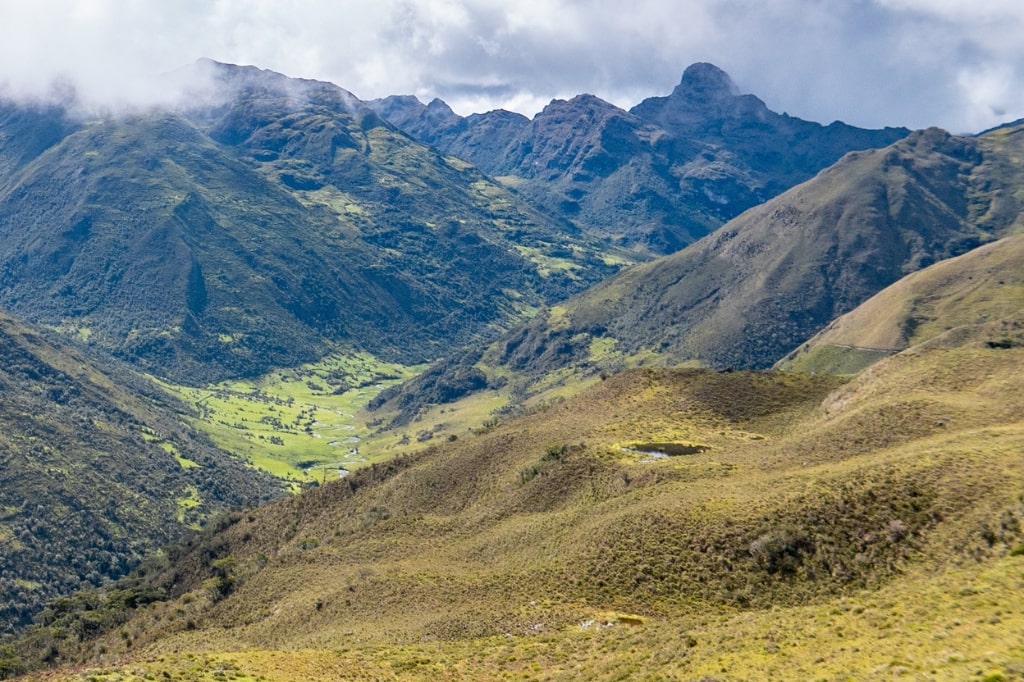
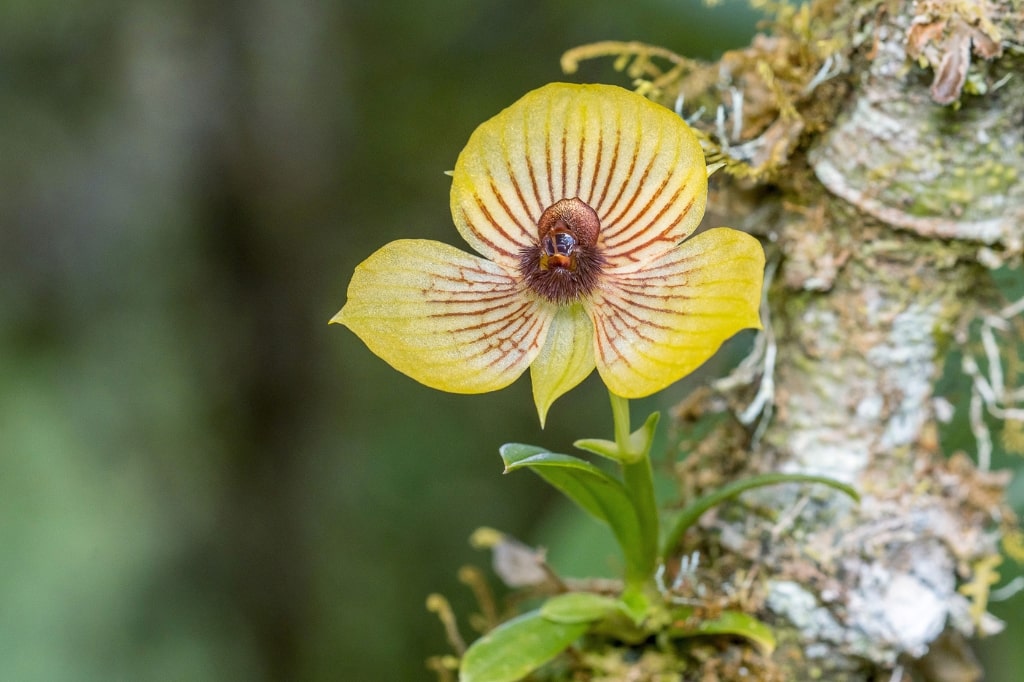
A Wealth of Biodiversity
This vital new sanctuary in Huánuco serves as a refuge for biodiversity in the Andes-Amazon transition zone, safeguarding more than a dozen endangered species. Within the area, there have been four new plant species described that were previously undocumented by science. Biological assessments have recorded 296 species of birds—including 15 Peruvian endemic species and the highly endangered golden-backed mountain tanager (Cnemathraupis aureodorsalis) —alongside 29 mammal species and 570 species of plants. Among amphibians, the RCA is habitat to the Critically Endangered frog Atelopus cf. andinus. The area is also renowned for its unique orchids, with 131 species reported to date, including the newly recorded to science species of Telipogon orchid. Additionally, the San Pedro de Chonta RCA will secure the headwaters of the Chontayacu, Tingo, and Huanchay Rivers and 39 critical high-altitude lagoons, guaranteeing essential water resources for nearly 42,000 people in downstream communities.

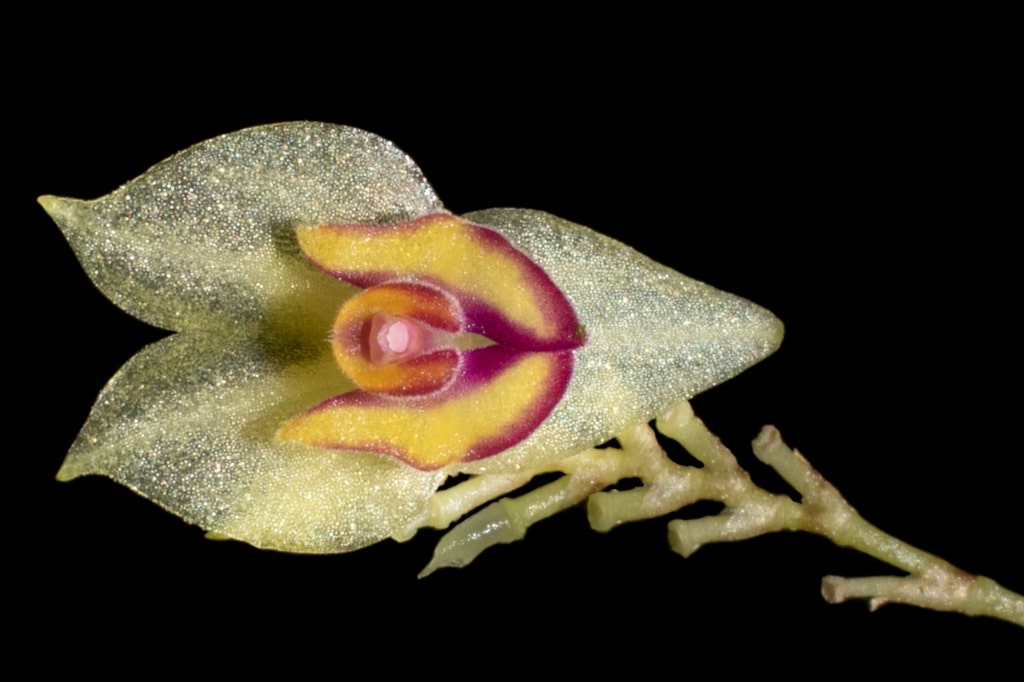
The San Pedro de Chonta RCA is primarily covered by the Peruvian yungas, or “cloud forest” ecosystem. These dense, multi-layered mountain forests thrive in high humidity, capturing horizontal “rain” from persistent clouds, and are global biodiversity hotspots with high endemism. The RCA also safeguards páramos, a unique high-altitude wetland ecosystem which serves as a critical water regulator, feeding major rivers, and storing an astonishing amount of carbon. Finally, a small but significant portion of the RCA includes the Marañón dry forest, an ecoregion with limited representation in Peru’s protected areas. Characterized by seasonal aridity and a “rain shadow” effect, these dry forests host specialized and highly endemic flora and fauna, showcasing adaptations to its unique climatic conditions.
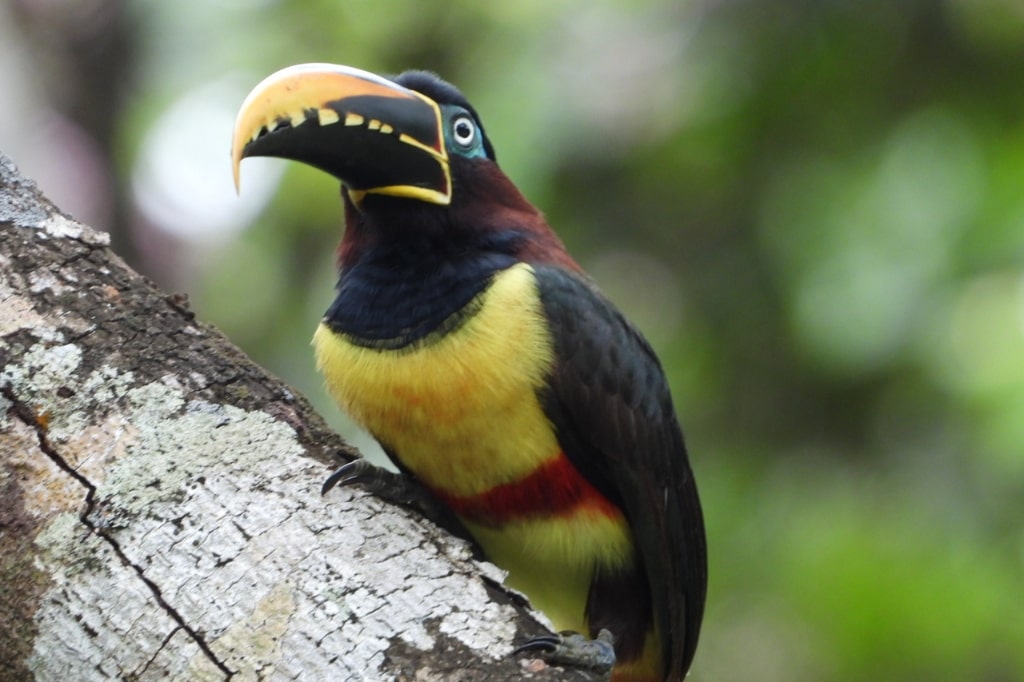
Strengthening a Conservation Corridor
The San Pedro de Chonta RCA plays a strategic role in ecological connectivity. It joins a conservation mosaic that includes the Bosques de Shunte y Mishollo RCA and the Río Abiseo National Park in the north and the Carpish Montane Forest RCA, Tingo María National Park, and proposed Monte Azul de Yanajanca RCA to the south, all of which also conserve important ecosystems in the Andes-Amazon transition, a region increasingly being threatened by a changing climate. This large mosaic, which joins with other protected areas, ensures the conservation of forest cover and other natural vegetation along the Andes mountains, as well as the movement of wild fauna such as large predators and seed dispersers.

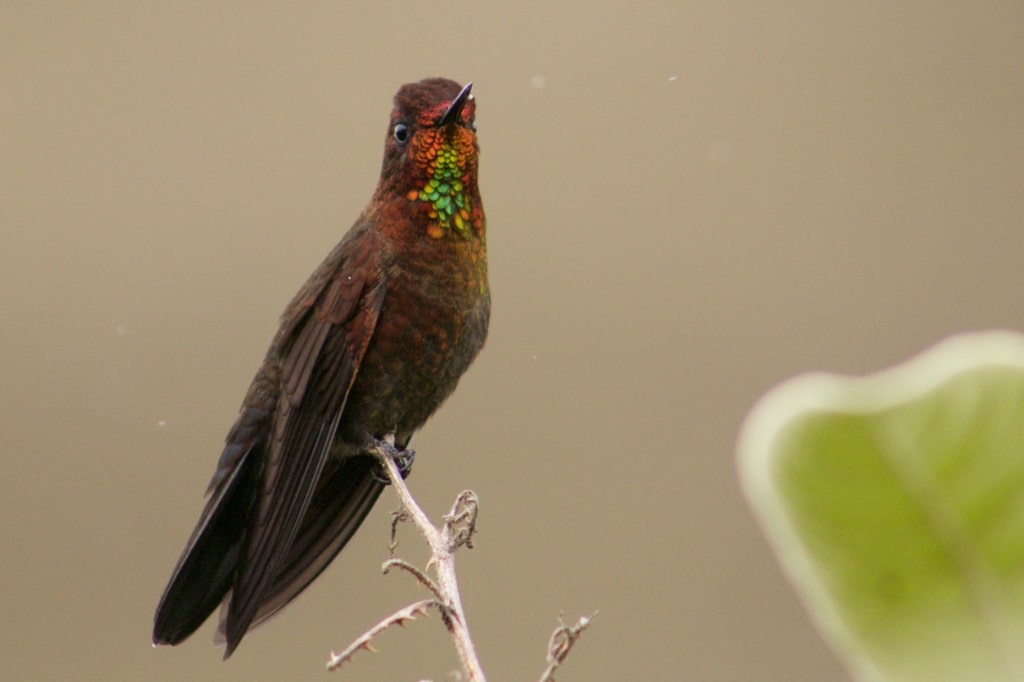
This network of protected areas forms an essential biological corridor that facilitates the movement of species. “The connectivity between protected areas allows ecosystems to function as a whole, which is fundamental for climate change adaptation and long-term conservation,” emphasizes Jorge Gálvez of Nature and Culture International.
An Important Step for Huánuco
The establishment of the San Pedro de Chonta RCA is not only a crucial step for biodiversity but also a recognition of the local communities’ and authorities’ dedication to embracing a sustainable model of development.
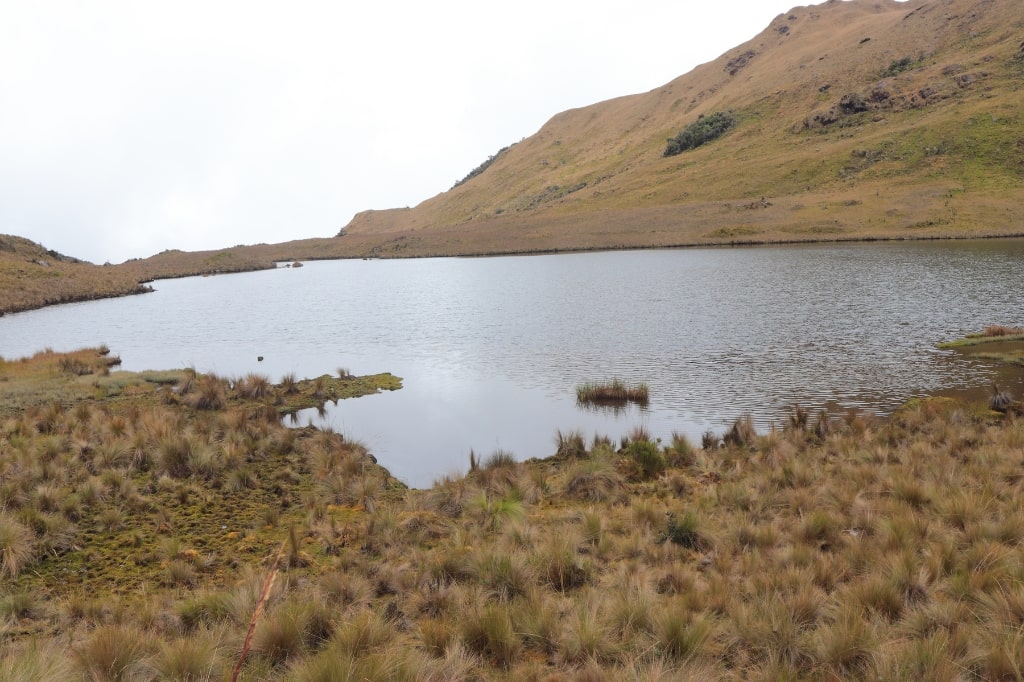
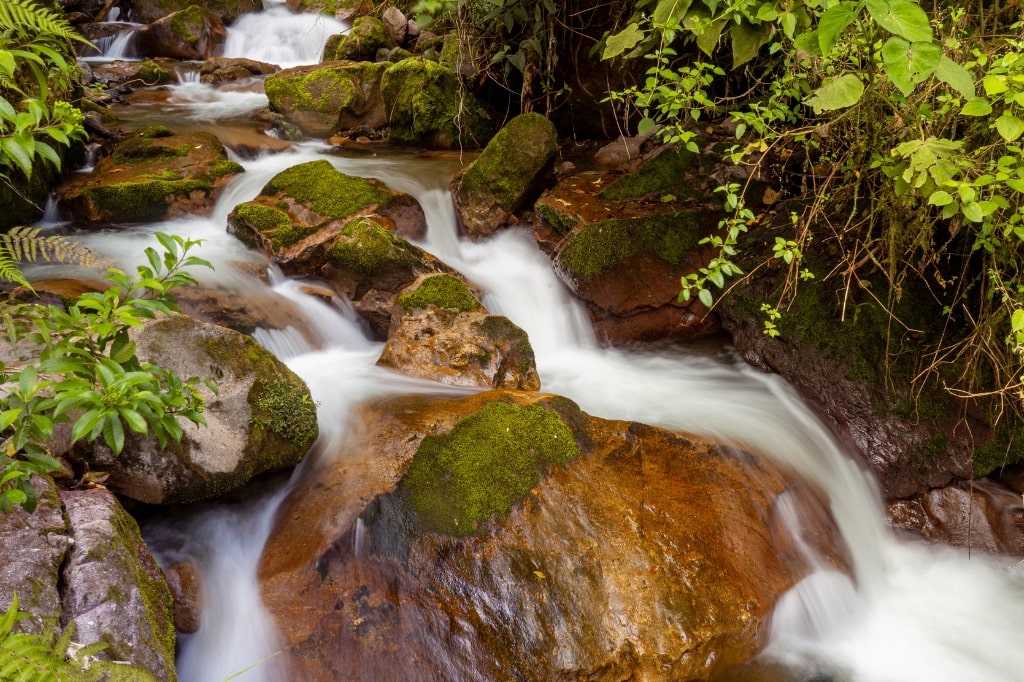
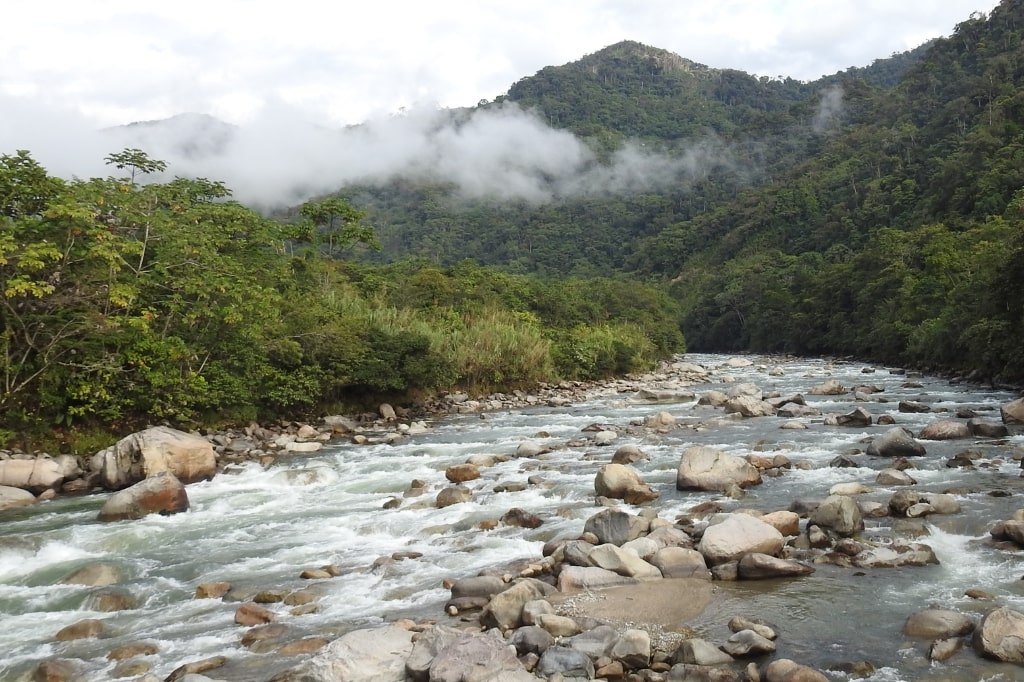
The governor of Huánuco, Antonio Pulgar, expressed his pride and commitment to the new protected area: “This effort not only conserves our unique biodiversity but also strengthens our identity, promotes sustainable development, and honors the commitment we have to the well-being of our communities. We will continue working with local and national allies to ensure that San Pedro de Chonta becomes a symbol of hope, resilience, and pride for all citizens of Huánuco.”
The establishment of the San Pedro de Chonta RCA represents a strategic step in the conservation of Huánuco’s unique and threatened ecosystems, with direct benefits for biodiversity, ecosystem services, and local communities.
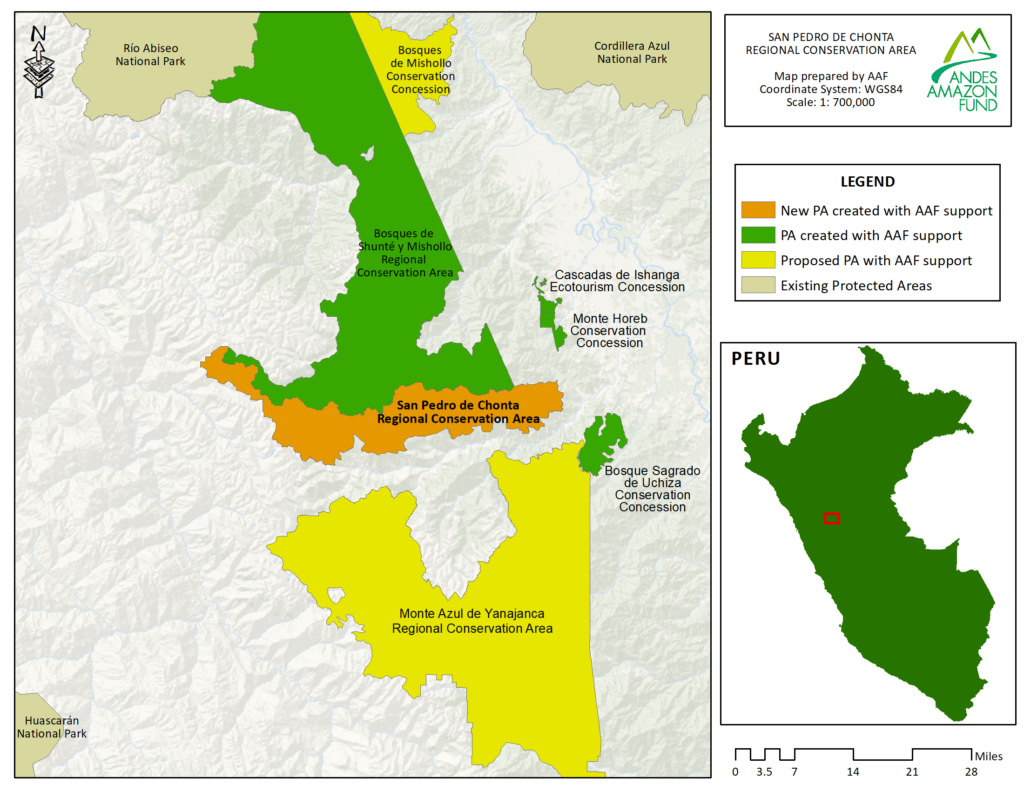
Acknowledgements: This achievement was made possible by the Regional Government of Huánuco and Peru’s National Service of Natural Protected Areas (SERNANP) with the technical support of Nature and Culture International and the financial support of Andes Amazon Fund via the Wyss Foundation, the Jacobs Futura Foundation, and Art Into Acres. Rainforest Trust and the American Bird Conservancy also supported this important achievement.
MAKE AN IMPACT
Learn how we can make an impact in our world together. Donate or get involved by subscribing to our email list:
